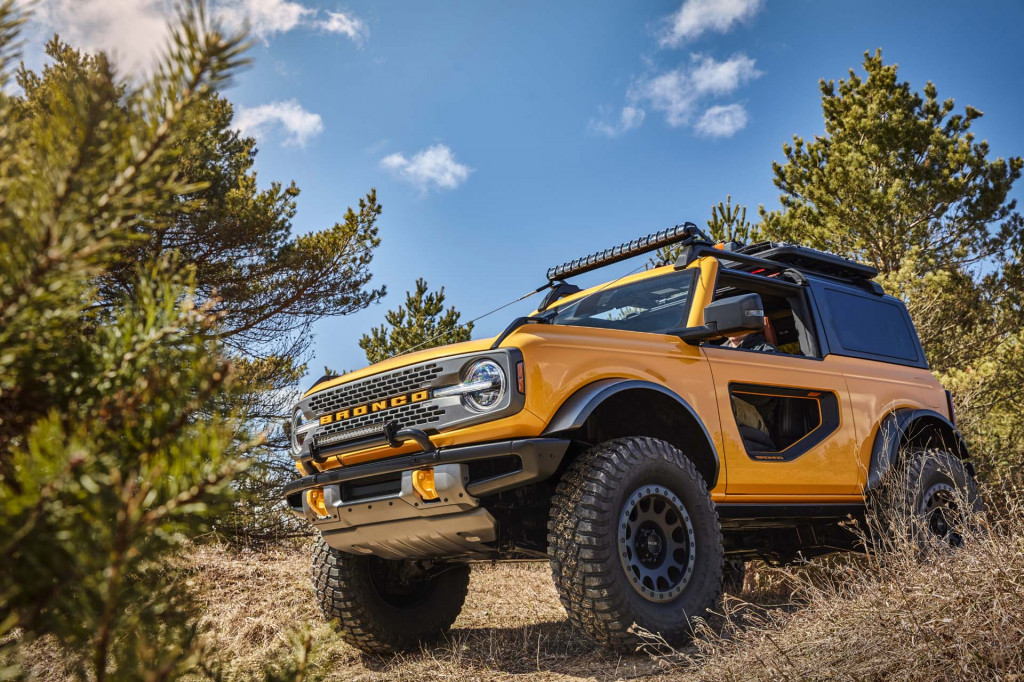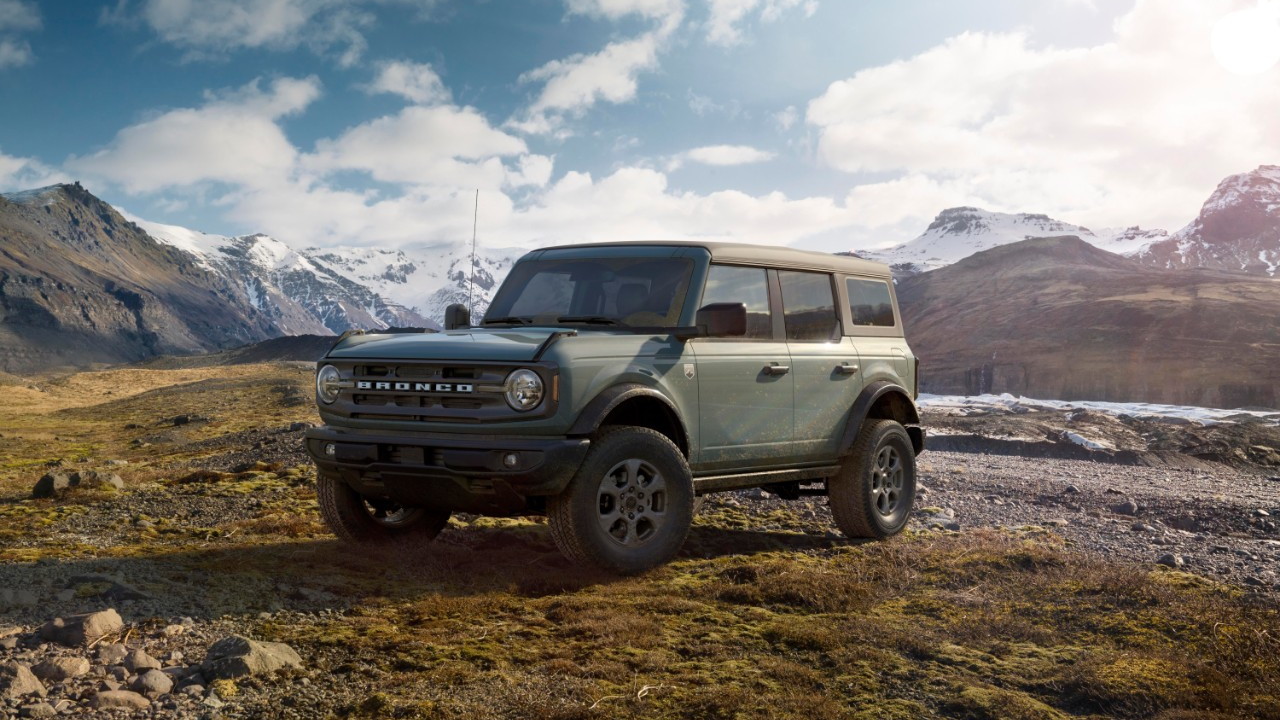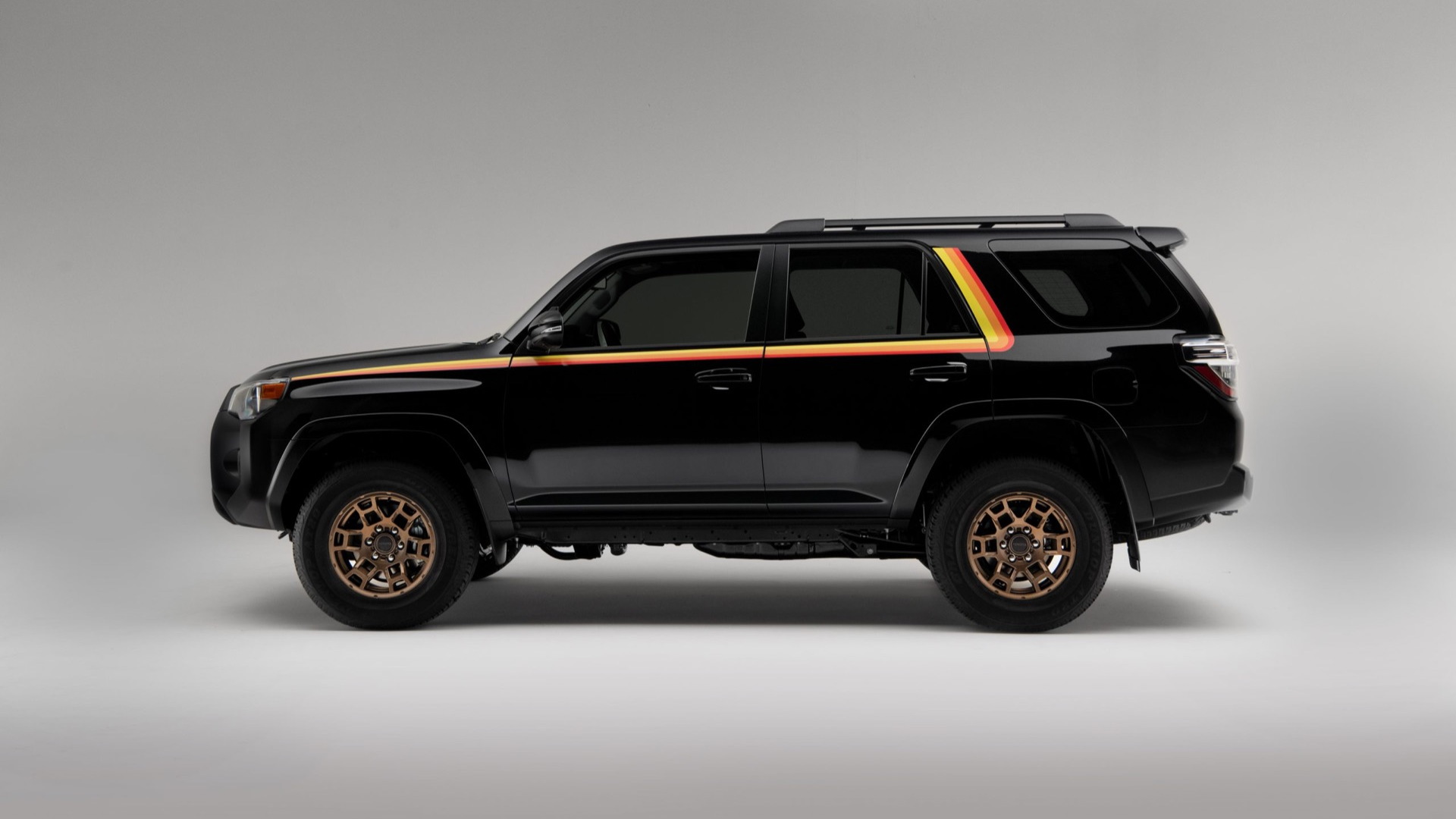The 2021 Ford Bronco gets its off-road prowess in part from an available crawler gear. But why is that feature such a big deal, and how does it work? Jason Fenske of Engineering Explained has the details.
Denoted by a "C" on the Bronco's manual-transmission shift pattern, the crawler gear is a first gear with an even higher ratio, Fenske said. In the Bronco, the crawler gear has a ratio of 6.588:1, compared to 4.283:1 for first gear. That allows for more wheel torque, albeit with a lower top speed. They don't call it a crawler gear for nothing.
As with any four-wheel drive vehicle, that effect is amplified by the gearing of driveline components. The more aggressive of the Bronco's two available transfer cases offers a low range of 3:06:1, while the most aggressive option for the rear differential on manual-transmission Broncos is a final drive of 4.7:1, on the Badlands model.

2021 Ford Bronco
All of that gearing makes the wheels rotate slower compared to the engine. With the crawler gear and low range engaged, the engine rotates about 95 times for every one turn of the wheels, Fenske said. That's compared to 20 engine rotations per tire rotation in first gear and high range, or three engine rotations per tire rotation in sixth gear and high range.
However, these gear ratios also create torque multiplication. Their larger radius reduces the speed that the driveshafts and axles they're connected to spin, but it also add more leverage, which effectively increases the amount of torque sent to the wheels. This turns the Bronco 2.3-liter turbo-4's 310 pound-feet of torque into 29,372 lb-ft at the wheels, according to Fenske. However, he said Ford likely won't allow for peak engine torque with the crawler gear, because it would overwhelm the tires' grip.
The crawler gear isn't about sheer torque, it's about precise control at low speeds, Fenske said. The driver can keep speeds slow and manageable while driving over rough terrain without stalling the engine. In the Bronco, the driver can crawl along at 1 mph at 1,000 rpm. Try doing that with a conventional manual transmission, and you won't get very far.


